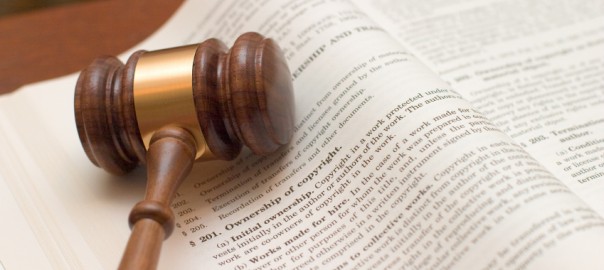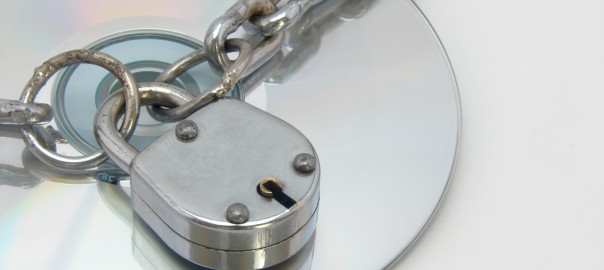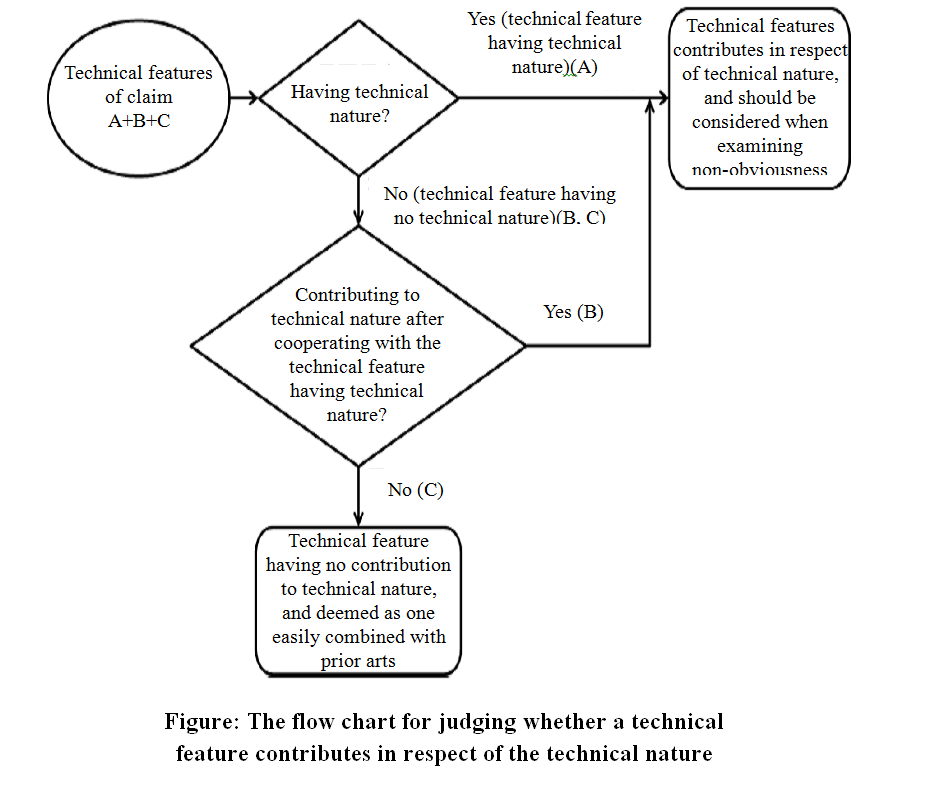Beginning in 2012, the Canadian government undertook an expansive review and update of many of Canada’s intellectual property (“IP“) statutes. The resulting changes have been well received by IP rights holders and Canada’s trading partners. One development, however, has been viewed by many such IP rights holders and trading partners as problematic. Canadian courts, starting in 2005, have invalidated patents on the basis that the inventions claimed therein do not have sufficient utility to be patentable. This increased utility requirement has been referred to as the “promise doctrine”. In essence it provides that where a patent specification is found to promise specific utility, that promised utility must be demonstrated or soundly predicted as of the Canadian filing date.
Not surprisingly, the promise doctrine has raised the ire of both patentees and Canada’s trading partners, particularly the U.S. government. [1] It has been alleged that this aspect of Canadian patent law is problematic because of its perceived heightened utility requirements, particularly for pharmaceutical patents.
U.S. based Eli Lilly and Co. (“Lilly”), whose Canadian patents directed to Zyprexa® and Strattera® have been invalidated under this doctrine, has challenged the “promise doctrine” under the North American Free Trade Agreement (“NAFTA”) claiming that it discriminates against pharmaceutical patents and contravenes Canada’s international commitments thereunder as well as Canada’s obligations under the Patent Cooperation Treaty. As any ruling in this proceeding will likely not be made until after 2016, pressure from inside and outside Canada to address this perceived increased utility requirements has been mounting.
While there has been recent retrenchment of some of the harsher aspects of the promise doctrine, those wishing to secure effective patent protection in Canada should be aware of the current boundaries of this doctrine and how to avoid its more draconian effects. Given that any legal impact of the decision coming out of Lilly’s NAFTA challenge will not be felt for years and given that the Canadian government has not to date provided a legislative solution, this article provides an update on the current boundaries of the promise doctrine and how Canadian applicants can consider how best to limit its impact.
I PROMISED WHAT? UTILITY UNDER CANADIAN LAW & “IMPLIED PROMISES”
Under the Canadian Patent Act, an invention typically need only have a “scintilla of utility” as of the filing date in order to be considered patentable.[2] The necessary utility can be either directly demonstrated in the specification itself or be “soundly predicted”[3] based on the written description of the invention found in the specification.[4] The one caveat to the scintilla requirement is where a patentee “promises” something more in the patent specification.[5] In that case, the patentee will be required to provide support in the patent specification for this promised utility; utility is to be measured against the promise.[6] Since 2005, explicit and implicit promises of utility haven been found in a number of cases to invalidate Canadian patents directed to pharmaceutical related inventions, ultimately leading to Lilly’s NAFTA challenge.
In Eli Lilly v. Novopharm,[7] the Federal Court of Canada construed Canadian patent No. 2,041,113 (the “‘113 Patent”), relating to the antipsychotic agent olanzapine, as promising that “olanzapine is substantially better (‘marked superiority’) in the clinical treatment of schizophrenia (and related conditions) than other known antipsychotics, with a better side-effects profile, and a high level of activity at low doses.”[8] In its decision, the court stated that where a patented compound claims to be safe and effective in the treatment of a chronic condition, utility will be demonstrated if the patent discloses studies showing that the patented compound, when administered over the long-term, meets that promise.
Since schizophrenia is a chronic condition, the court considered whether, at the time of filing of the ‘113 Patent, there was enough evidence available to show that olanzapine would meet its promise when administered over the long-term. As of the Canadian filing date of the ‘113 Patent, Lilly had conducted animal studies, received results from healthy human volunteer studies, and preliminary clinical trials. The ‘113 Patent explicitly compared olanzapine favorably to two other compounds of the prior genus patent regarding a number of side-effect parameters. Despite this, the court held that utility had not been demonstrated, finding the evidence was not sufficient to show that olanzapine satisfied the promise that “it would provide markedly superior clinical treatment of schizophrenia with a better side effects profile than other known antipsychotics”[9] when administered over a long-term.
In Eli Lilly v. Teva[10], which involved the Canadian patent for atomoxetine, the Federal Court of Appeal confirmed a lower court’s decision that Lilly’s patent was invalid for lack of utility. There was no dispute at trial as to the nature of the explicit promise (i.e., the use of atomoxetine to “effectively treat humans with ADHD”[11]). Not only did the Court decide that there was a lack of evidence demonstrating the promised utility at Canadian filing date, but it was also held that there was no sound prediction of the promised utility as the clinical trial data relied upon by Lilly, as a factual foundation for the prediction, was not disclosed in the patent.
Pfizer Canada Inc. v. Apotex Inc.[12] involved the Canadian patent for latanoprost, a drug for the treatment of glaucoma or ocular hypertension. The patent in this case claimed to reduce intraocular pressure associated with glaucoma or ocular hypertension, without causing substantial ocular irritation. The specification included results from tests in both animals and healthy humans showing that the drug worked with minimal irritating side effects. However, no long-term studies had been performed at the time of the Canadian filing date. The Federal Court of Appeal held that because glaucoma is a chronic disease, the implied promise of the patent was “chronic use of the compound for a chronic medical condition”[13], even though the patent claims made no mention of the chronic nature of the condition or ongoing use of the drug. According to the court, the results obtained from single dose human studies completed at the date of filing of the patent could not be soundly predicted to apply to chronic use.[14]
THE NAFTA CHALLENGE & THE IMPACT OF THE “PLAVIX” DECISION
As a result of the invalidity proceedings for olanzapine (Zyprexa®) and atomoxetine (Strattera®), Lilly started in 2012 its NAFTA challenge claiming that the promise doctrine discriminates against pharmaceutical patents and contravenes Canada’s international commitments under NAFTA’s Chapter 11, which protects the investments of companies and foreign investors operating commercially in NAFTA’s signatory countries.[15] Lilly specifically alleged that the application of the promise doctrine by Canadian courts is “arbitrary” in its application and “discriminatory” in its effects[16] , and is therefore not in accordance with Canada’s commitments under NAFTA, as well as Chapter 17 which requires Canada to provide patents for inventions, in all fields of technology that are “new, result from an inventive step, and are capable of industrial application”.[17]
Concurrently with Lilly’s NAFTA, in Sanofi v. Apotex (the “PLAVIX Decision”)[18], the Federal Court of Appeal defined the “promise” as “the standard against which the utility of the invention described in the patent is measured”[19]. Significantly, the Court emphasized: (1) only if an inventor makes “an explicit promise of a specific result, then utility will be assessed by reference to the terms of the explicit promise”[20]; (2) as there is no obligation to disclose utility in a patent, one cannot assume every patent has an explicit promise; and (3) where there is no explicit promise, a “mere scintilla” of utility will suffice. In construing that Sanofi’s patent did not provide a “promise for use in humans”, the court held that it was incorrect to simply rely on inferences from the patent to find a promise.
As a result of the PLAVIX Decision, Canadian courts started to reconsider the nature and scope of the promise doctrine in Canada. In Pfizer v. Mylan,[21] for example, the court focused on statements in the specification to the effect that the selectivity of compounds “may indicate an ability to reduce the incidents of common NSAID-induced side effects” as showing that reduced side-effects were only a possibility and that there was no promise.[22]
In another decision post-PLAVIX Decision, the court in Bayer v. Cobalt Pharmaceuticals[23] cited a restrained approach to the promise of the patent and emphasized that “[c]ourts should not strive to defeat otherwise valid patents.”[24] In the court’s view, a list of advantages expected to be achieved is not promising a result to be achieved; a goal is not necessarily a promise.[25]
In Apotex v Pfizer,[26] the Federal Court of Appeal clearly enunciated the approach to be taken:
Where the validity of a patent is challenged on the basis of an alleged unfulfilled promise, the patent will be construed in favour of the patentee where it can reasonably be read by the skilled person as excluding this promise. [27]
As part of the analysis, the court started with the “principle that statements outside of the claim should not be presumed to be promises”.[28] Again, the court found that statements as to benefits were found to be mere advantages.
WHAT CAN BE DONE TO AVOID THE APPLICATION OF THE PROMISE DOCTRINE
The Canadian court decisions post the PLAVIX Decision may suggest an increasing reluctance to find implicit promises and a consequently increased utility requirement. By focusing on claim language in order to find the promise, rather than any stray phrases in the disclosure, Canadian courts may be moving away from a draconian application of the promise doctrine rule. Patentees and Canada’s trading partners should welcome this.
There still may be, however, cause for concern for patentees. Canadian courts may still look to inferred promises as a basis for invalidity in a post-PLAVIX world, as was the case in Alcon v. Cobalt Pharmaceuticals.[29] Until the Supreme Court of Canada or the tribunal in Lilly’s NAFTA challenge deals with issue, the promise doctrine may remain a live issue.
As a result, the application of the promise doctrine may create some uncertainty for the Canadian patent landscape. Despite this, Applicants should consider the following risk mitigation strategies when drafting patent applications that may be prosecuted in Canada.
- Canadian patent specification should avoid language that states or suggests any particular advantage with regard to the utility of the invention, unless specific support therefor is provided. Where such statements may be required (e.g. support for a sound prediction of utility), it should be made clear that such statements are not explicit or implicit promises of utility. This is particularly important where there is evidence required to soundly predict utility as, in some cases, advantages described have been considered promises of utility.
- To the extent utility is based on sound prediction, consider including as much information as possible in the application to support the factual basis and line of reasoning for the prediction (e.g., reference to the state of the art, hypotheses, descriptions of work done, tests and results).
- Avoid overstating advantages of the invention in cases where there is insufficient data to support such statements. Be aware of how advantages or discussions of possible applications may be construed as promises of the patent.
[1] For example, the Office of the United States Trade Representative (“USTR”) has included Canada in its Special 301 Report (see https://ustr.gov/about-us/policy-offices/press-office/press-releases/2015/april/ustr-releases-annual-special-301) as a country that allegedly provides insufficient protection of intellectual property rights. The promise doctrine has been specifically cited as a matter of serious concern (see page 66 of the 2015 Special 301 Report).
[2] Consolboard Inc. v. MacMillan Bloedel (Saskatchewan) Ltd., [1981] 1 S.C.R. 504 (S.C.C.).
[3] In the case of many inventions, particularly pharmaceutical or biotechnology related inventions, the patent application will have been filed before all clinical data has been established. In order to establish utility for those cases, the applicant must demonstrate that utility has been soundly predicted. Canadian courts have applied a three factor test to determine whether the invention meets this requirement: (a) there must be a factual basis for the prediction; (b) the inventor must have at the date of the patent application an articulable and sound line of reasoning from which the desired result can be inferred from the factual basis; and (c) there must be proper disclosure by full, clear and exact description of the nature of the invention and the manner in which it can be practiced.
[4] Apotex Inc. v. Wellcome Foundation Ltd. 2002 SCC 77, at para. 56.
[5] See, for example, Eli Lilly Canada Inc. v. Novopharm Ltd., 2010 FCA 197 (F.C.A.).
[6] See AstraZeneca Canada Inc. v. Apotex Inc. 2014 FC 638, at para. 90; see also Eli Lilly Canada Inc. v. Novopharm Ltd., at para. 76.
[7] 2011 FC 1288
[8] Ibid. at para. 124
[9] Ibid. at para. 210
[10] 2011 FCA 220
[11] Ibid. at para. 21
[12] 2011 FCA 236
[13] Ibid. at para. 29
[14] Ibid., at para. 49
[15] See http://www.international.gc.ca/trade-agreements-accords-commerciaux/topics-domaines/disp-diff/eli.aspx?lang=eng. On September 13, 2013, Lilly filed its Notice of Arbitration (see http://www.international.gc.ca/trade-agreements-accords-commerciaux/assets/pdfs/disp-diff/eli-03.pdf) under NAFTA Chapter 11. Canada’s Statement of Defense (http://www.international.gc.ca/trade-agreements-accords-commerciaux/topics-domaines/disp-diff/eli-statement-declaration.aspx?lang=eng) was filed on June 30, 2014.
[16] Ibid. at para. 43.
[17] Ibid. at para. 7.
[18] 2013 FCA 186. The appeal to the Supreme Court of Canada was withdrawn the day before scheduled to be heard.
[19] Ibid. at para. 47.
[20] Ibid. at para. 49.
[21] 2014 FC 38. This decision is notable as the subject patent has been the subject of Federal Court decisions both pre- and post-PLAVIX Decision, with differing constructions of the patent’s promise. In pre-PLAVIX decision involving Canadian patent No. 2,177,576 (the “‘576 Patent”) directed to celecoxib (see 2007 FC 81), the court found that promise of ‘576 patent included “duality of treatment of inflammation and reduction of unwanted side effects”. In post-PLAVIX decision, Court adopted a different construction of promise of the patent and found that the patent made no promise of reduced side effects.
[22] Ibid. at para. 67.
[23] 2013 FC 1061
[24] Ibid., at para 93.
[25] Ibid., at para. 152
[26] 2014 FCA 250
[27] Ibid. at para. 66
[28] Ibid. at para. 77.
[29] 2014 FC 149. In Alcon, Canadian Patent No. 2,447,924 claimed solutions comprising olopatadine and an amount of polyvinylpyrrolidone (PVP) “sufficient to enhance the physical stability of the solution”, wherein the composition does not contain five listed excipients. The Court construed the specification to include the promise that PVP will enhance the physical stability of the relevant olopatadine solutions “but that the five excluded excipients will not do so” (at para. 61). While the specification taught that two of excluded excipients would not enhance stability of olopatadine solutions, the specification was silent concerning remaining excipients.











